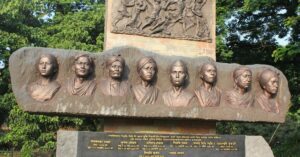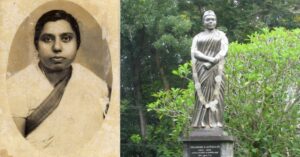This Rebel King From Kerala Was So Ferocious That Even The British Revered Him!
Also known as Kerala Simham, the 18th-century warrior king continues to remain a revered hero in the state who fought for his citizens and didn’t bow down to the British until his last breath.
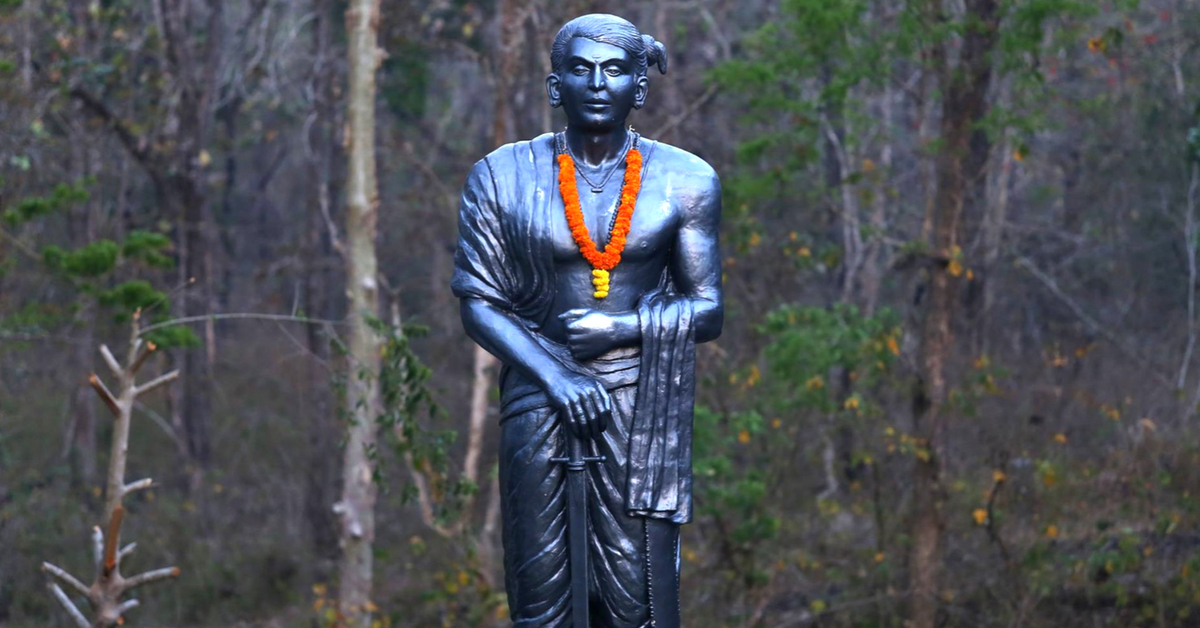
To honour this nation’s Independence Day, we bring you the fascinating stories of #ForgottenHeroes of #IndianIndependence that were lost among the pages of history.
Along the banks of Kabini River in Mananthavady, the remains of a forgotten king, whose series of exploits against the British East India Company is quite literally the stuff legends are made of, lie in a lone memorial.
Kerala Varma Pazhassi Raja is a name that seldom finds a place in the history books which throw light on the saga of the Indian struggle for independence—his heroic struggles against the British were never venerated or celebrated beyond the peripheries of Kerala.
But for the people in the state, the 18th-century warrior king continues to remain a revered hero, and his stories of valour and indomitable spirit are what most Malayali children have grown up listening to.
While India has witnessed the martyrdom of countless valiant men and women on its soil, the reason why Pazhassi is also known as Kerala Simham or the ‘Lion of Kerala’ is because the man managed to crush some of the most infamous native warlords and British generals, at a time when resistance against the tyranny of the colonial rule was yet to unfold.
One of the greatest victories of Pazhassi against the British was a 13-year-long war known as the ‘Cotiote War’ or the Kottayathe war.
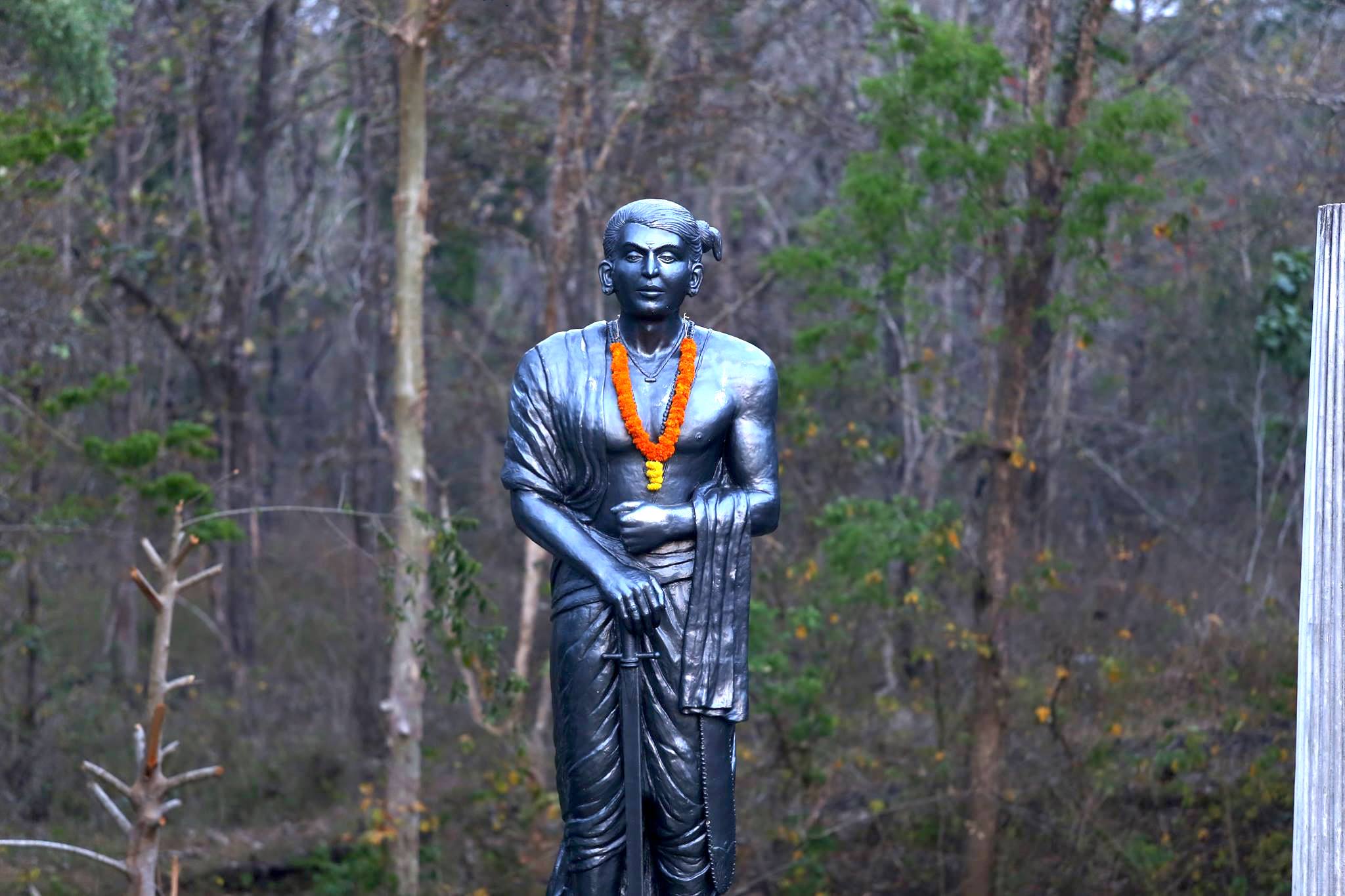
Led by Arthur Wellesley, the first Duke of Wellington who was considered to be one of the world’s greatest generals for his triumphs against Napoleon Bonaparte in the Battle of Waterloo and the Marathas during the second Anglo-Maratha War, the British forces met with a humiliating defeat that they never forgot.
However, to only cite this one episode from the man’s life would be a complete injustice to the Pazhassi Raja, the people’s king. Indeed, the entire premise for his resistance against the British forces erupted out of the tax-centred exploitation of the peasantry.
Born into the royal family of Kottayam as Kerala Varma in 1753, the reason why this young man came to be addressed as Pazhassi Raja can be traced to his hometown of Pazhassi, a village in Kannur district.
His rise as a pensive yet resilient leader first came into prominence when he was made one of the de facto heads of state at the age of 21, after the kingdom of Malabar was usurped by the martial forces of Hyder Ali in 1773, following which the then incumbent king of Kottayam had to seek political asylum with the kingdom of Travancore.
Although Pazhassi was the fourth prince in line for the succession to the throne, his nomination superseded many older royal contenders for this position; a decision which would prove to be historic for the kingdom, which also encompassed the erstwhile taluks of Kannur and Wayanad.
It was under Pazhassi’s leadership that the Kingdom won the war against Ali’s army and liberated the Thalassery fort after a long siege which lasted from 1774 to 1793. This was accomplished through a very calculated collaboration with the British and the implementation of the ‘pincer movement’ in their attack tactics that completely decimated Ali’s army.
While Pazhassi’s only intention had been to safeguard his kingdom, the British were actually playing a double game with the intention of establishing the sole monopoly over the pepper trade, of which the centre point rested at port adjoining the Thalassery fort—the same location that Ali had his eyes set upon!
Unlike other parts of the country which were entirely under the British monarchy, the kingdoms of erstwhile Kerala had established strategic settlements with the former, according to which local rulers upheld their sovereignty but at a great personal cost.
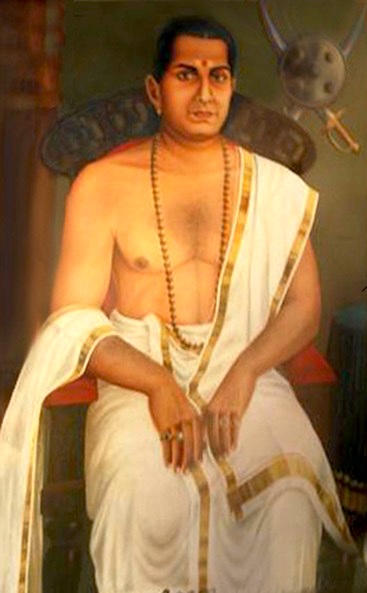
In this case, the cost was a significant stake in the lucrative pepper trade through political influence, and eventually levying taxes from the ordinary folk.
Sadly, by the time Pazhassi realised this treachery, the British had already struck a deal with his uncle Vira Varma and appointed him as the King of Kottayam. Later, Vira Varma relinquished all control of the trade to the colonists along with mercilessly wringing money from the peasantry to pay a tribute (tax) to the British.
This interference in local governance by the British and their monopoly over the local economy didn’t infuriate Pazhassi as much as the exploitation of the common people did. When repeated warnings failed to reach the ears of the British echelons, Pazhassi decided to take things under his own hands.
And thus began the first show of resistance from Pazhassi and his people, who made sure that no tax was collected from Kottayam—something they managed to uphold for two years. Because of his refusal to abandon his people and successful war tactics earlier, Pazhassi had already earned respect from the people who offered him their firm support for all his decisions.
However, the British couldn’t bear such an insult, and in 1796, they launched an attack at Pazhassi’s palace with a troop of 300 men. While Pazhassi and his men escaped this attack and found refuge in the thick forests of Wayanad, all of the royal treasuries were ransacked and seized by the British.
Thanks to the unconditional faith that Pazhassi had inspired within the locals, he was able to slowly build up an army of rebels from the region and strategically position camps across the woods in Wayanad which couldn’t be uncovered easily without insider knowledge.
This one incentive was Pazhassi’s masterstroke that brought down an army of 1100 men led by Major Cameron in 1797. The British were completely dumbfounded and could not understand how a local Malabar king came to become such a thorn in their side, and consistently resist their demands.
The next four years continued to witness conflicts between both forces before the British finally came around.
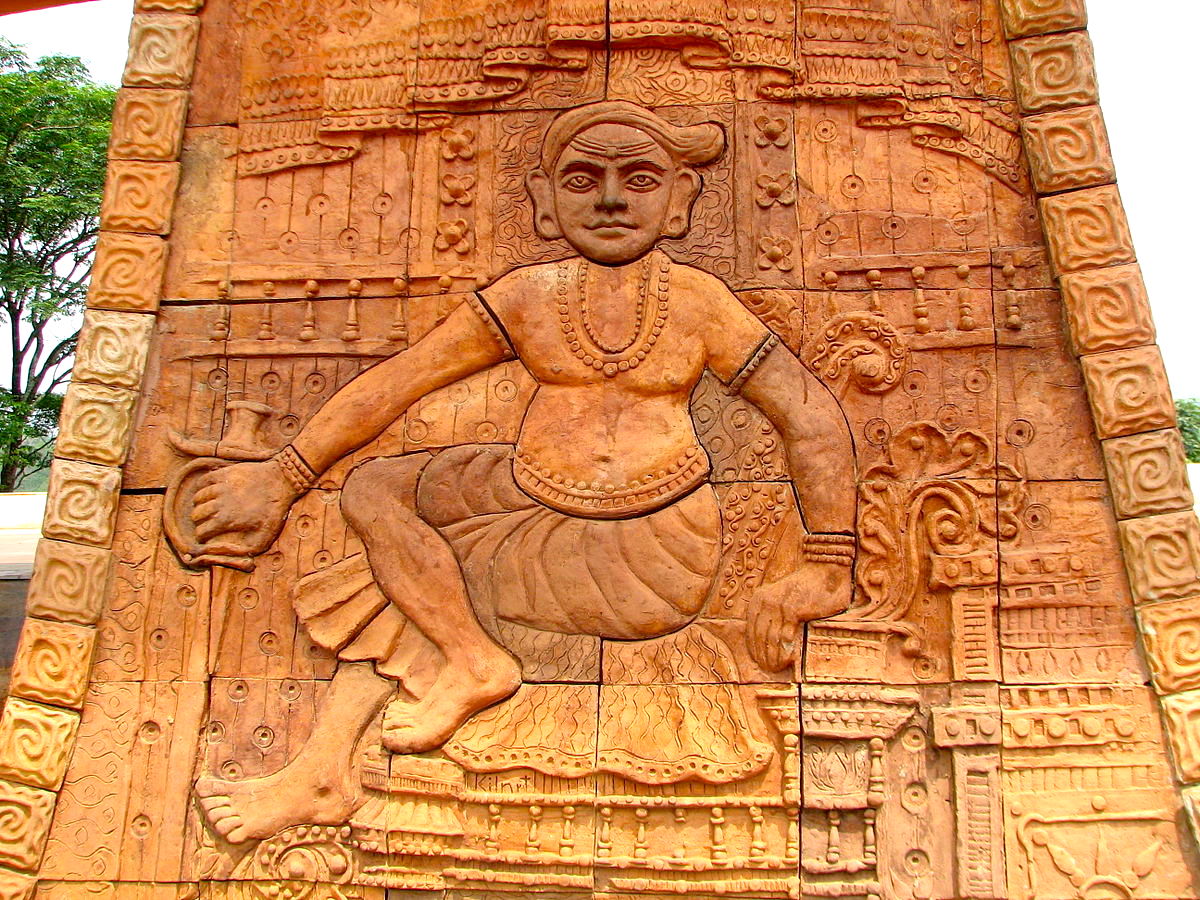
They struck a peace treaty with Pazhassi and appointed Ravi Varma, Pazhassi’s elder brother, as the king. All of their royal possessions were also handed back.
However, the peace was short-lived. Following the death of Tipu Sultan, tensions and hostilities between the British and Kottayam kingdom began to spiral once again. After acquiring Mysore, the greedy eyes of British now rested on Wayanad, which they intended to annex with the former region.
This time, the person up against Pazhassi was Major General Arthur Wellesley, the infamous commander, who was planning a coup to not just overthrow Pazhassi’s hold but also eliminate an elusive adversary, to bring the status quo in their favour.
The 13-year-long war, also known as the Cotiote war, between the two forces went on to gain monumental prominence in not just the historical annals of Kerala but the British as well.
Pazhassi’s men managed to hold the fort quite efficiently, and for the first time, a ruthless commander like Wellesley who had never tasted failure before met with a squashing defeat and that too by a local ruler.
However, the British had an ace up their sleeve—a new tactic that would prove to be Pazhassi’s Achilles heel. They reinstated the ‘Kolkars’, a native police force whose insider knowledge of the thick jungles and its ways would help the troops to finally capture Pazhassi.
Starting with a hunting spree of the rebels who were either arrested or killed in the attempts, they then slowly began wriggling out information on Pazhassi’s whereabouts.
Around 100 sepoys and 50 officers were specifically ordained to capture Pazhassi and his retainers, and what a great general like Wellesley could not achieve was ironically nailed by the Kolkars, whose treachery finally sold out the people’s king.
On 18 November 1805, Pazhassi and his men were ambushed by the British troops at their campsite near a stream named Mavila.

Following a long-drawn combat, the troops managed to take down Pazhassi for the first and the last time.
However, even the British were deeply impressed by Pazhassi’s indomitable courage and the love that he had for his motherland and subjects. Out of respect, they cremated his body with full military honours at the same place where his memorial now stands.
This Independence Day, let us remember the valiant Kerala Simham, one of the very first freedom fighters of India, who fought for his citizens and didn’t bow down to the British until his last breath.
(Edited by Gayatri Mishra)
Like this story? Or have something to share?
Write to us: [email protected]
Connect with us on Facebook and Twitter.
NEW: Click here to get positive news on WhatsApp!
This story made me
- 97
- 121
- 89
- 167
Tell Us More
We bring stories straight from the heart of India, to inspire millions and create a wave of impact. Our positive movement is growing bigger everyday, and we would love for you to join it.
Please contribute whatever you can, every little penny helps our team in bringing you more stories that support dreams and spread hope.







